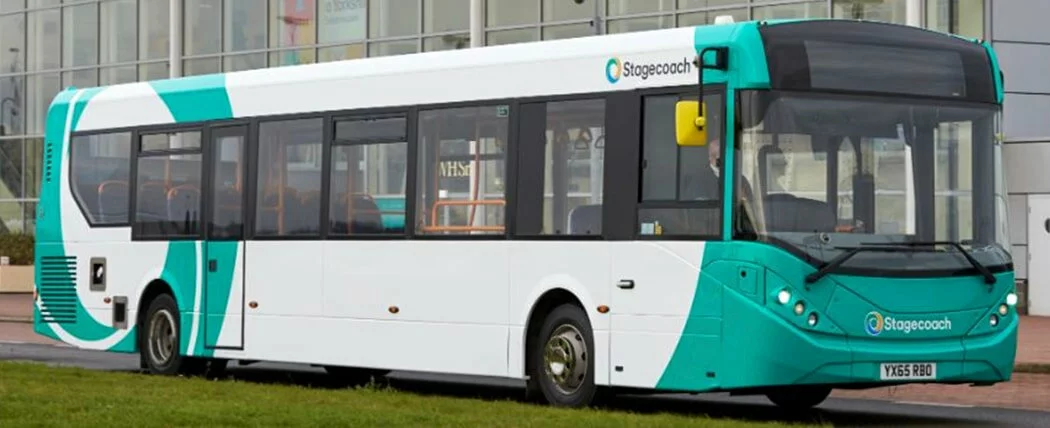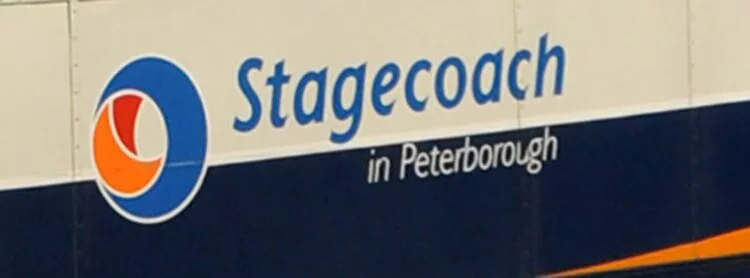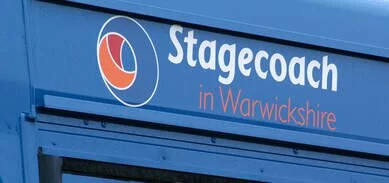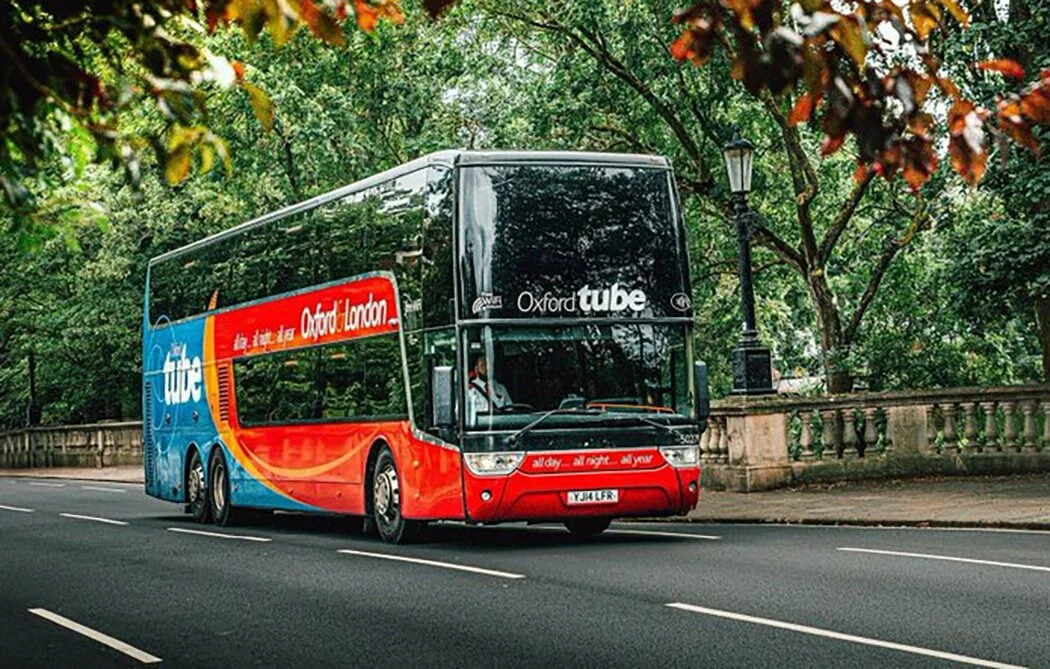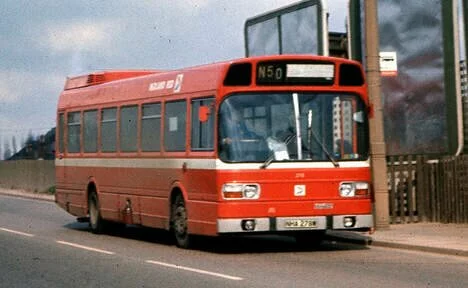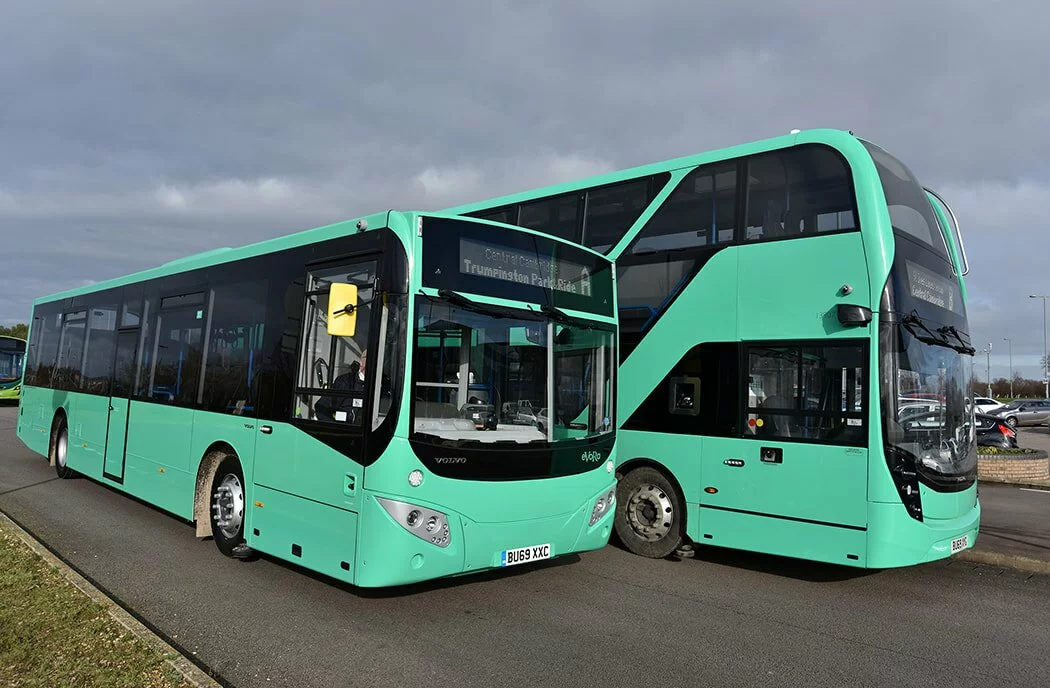- Home Page
- Fleet News Ramblings
- SKM News Views & Blog
- Behind The Picture
- Contact us
Copyright Theft: A Warning14/2/2020
We were hoping to take it easy for a few days and recover, that was without the news that an entire feature from Fleet Ramblings has been copied and pasted into a private blog page. Not only that the owner of the blog page has made no attempt to recognise the source or seek permission. In fact visitors to this other site would be forgiven in thinking these were the original words of that author. Our request for the page to be removed has met with silence.
Copyright theft is one of the biggest challenges being faced by journalists. It is hard to police but Copyright Theft is a criminal offence. Prospective Copyright Thieves should also be aware that our Blog page is based on our own views. These may cause concern and could result in us having legal contact from companies. In 40 years and more of journalism I have had my fair share of legal/solicitor's letters. It you copy one of our Blog Posts and pass it off as your own creation that you may well have to provide your own defence if there is an issue. If there is any further repetition of this kind then we will have to seriously consider if we are prepared to carry on providing a free news and comment service. To those guilty of Copyright Theft from this site - You have been warned! The new Stagecoach livery - we're confused, are you?12/2/2020 
OK, you will have seen the Stagecoach announcement on its new brand and identity.
OK, you will have your own views on the three brand concepts. But what about the fourth concept, and the fifth and then the sixth? Stagecoach East is describing the lives and brand application on its new electric Enviro 400City EV as being the 'City' livery. We assume this is the 'City - Cambridge 100% electric bus' livery and branding. Then new have the same model of buses bring prepared for service in Manchester. These are being branded differently so new assume they will carry 'City - Manchester 100% electric bus' livery and branding. Then we have the new vehicles - and repainted existing buses for Cambridgeshire Busway. We assume these will eventually carry a Cambridge Busway livery. Is the new Stagecoach livery scheme based on guidelines rather than instructio9ns? The new Stagecoach identity - our thoughts10/2/2020 
It has now been almost two weeks since Stagecoach unveiled its new image. Since then there have been numerous comments and opinions and we have frequently been asked for our views.
We shared our initial thoughts with a few close contacts, but took the decision to spend time considering the new look before we made any public comments.
We must add full marks to Stagecoach who kept the final designs ‘under wraps’ up until a few days before it was publicly announced and then only senior management had been briefed. Around 24 hours before the public announcement staff were updated on the plans through a special booklet which also contained a pin badge and lanyard. The company logo includes a clearer, in our opinion, typeface and a redesigned logo using new colours but which is an evolution of the previous ‘beachball’ logo. The designs for the vehicles were not what we were expecting. Trial livery applications on withdrawn vehicles at Chesterfield last year used solid red, purple and green colours. Indeed the appearance of some new vehicles in November/December last year in the all over green scheme gave the strongest hint that they were in an unbranded version of the new livery. Thinks must have moved quickly, no double in part due to the departure of Paul Bunting from the Business. Paul was leading the project to relaunch the business. So what do we think of the new livery plans.
Well, we have to say we like the all over orange version, but the local bus and special services variants of the new livery look weak. The colours do not come across as powerful, but that said we have only seen images and not actual vehicles so will reserve final judgement until them.
There is also a new ‘Proud to Serve’ tagline. So what of the plans to roll out the new image. As far as buses and coaches are concerned, Stagecoach says that it plans to have its 8,000+ fleet in the new colours within three years. Assuming 1,000 new vehicles are delivered over that timespan that’s still upwards of 7,000 vehicles to repaint. We don’t know haw much it costs to repaint a bus but would suggest the cost of materials and labour is at least £1,500 then the repaint bill will run into millions - £10.5 million. We doubt there will be a central budget to cover this and operating companies will have to find the money to execute the project. We have heard that the it will become easier to prepare and repaint buses and we don’t’ dispute that over time but surely if the main colour application is all over white than much. More preparation work will be needed on vehicles carrying the existing livery scheme.
Local buses (Azure Blue but also with Amber Yellow and Ocean Green graphics) these are everyday community buses with strong local connections that take people to work, education, hospitals, leisure activities with friends and family and life’s important moments.
Longer distance (all over Amber Yellow) buses and coaches with added comfort and value for customers that need to take a bus beyond the place they live.
Specialist (White with Ocean Green graphics) these are specialist services built for purpose -for drivers who need to park their car outside of town and use park and ride services, university students who need a lift to class and tourists who want to go sightseeing around the country
What we have become aware of is that the first repainted vehicle in Manchester carries a ‘Proud to Serve Manchester’ logo on the rear. This suggests that the local descriptor, which was initially used by Stagecoach when it last revised its livery in 2000 is set to make a comeback. It was dropped over eight years ago as a design specification but some companies continue to use it.
It is evident that there is still much work to be done. We are not sure if specific route branding will be allowed on vehicles repainted in the new local bus livery and how specific branding will appear on vehicles in the specialist livery. Does it mean the end for concepts like the colour coded Park & Ride Routes in Cambridge? And we assume the Stagecoach Gold concept is now consigned to the bookcase, although trade magazine colleagues have been told that no decision on the future of the brand has been made - that’s despite the recent upgrade of Gold-spec vehicles in Oxford with vehicles carrying the old corporate livery.
What we do know is that Oxford Tube and Megabus will retain their existing livery and branding as they are well-established.
We also questioned Stagecoach on what the design specification is for vehicle interiors. On that question we were told that work on vehicle interiors was still ongoing.
But beyond buses the new image will need to be rolled out on stationary, publicity, roadside infrastructure, support vehicles - busy times ahead. The right destination10/2/2020  Worse than a black screen in our view is the image that captures the destination display during mid-refresh. We would rarely use an image like this. ©Steven Knight Media. Worse than a black screen in our view is the image that captures the destination display during mid-refresh. We would rarely use an image like this. ©Steven Knight Media.
One of the most frequent questions we get asked is how we manage to capture a full destination display on the vehicles that we photograph. The answer is simple, we have no problems where buses are parked up or have been posed for us. Moving vehicles are another issue.
Modern electronic displays operate on a frequency which causes then to ‘refresh’. The more times a second they refresh the better the perceived sharpness of the image. However, the naked eye cannot discern the refreshing of the destination screen as it happens too quickly. The result can easily be a blank display or a display that has a horizontal band across it at either the top, middle or bottom of the display. When looking through an SLR camera the view is projected into the viewfinder by mirrors so the image is seen by the naked eye just as it would be if you were looking at it. Using phone cameras and also cameras with LCD displays and SLR-style cameras with the ‘Bridge’ format, the user is effectively looking at the image as it appears on the sensor that will capture the image. The result is an image where the LED display can be seen flashing. To get a good image of a stationery, or specifically posed, vehicle we would tend to use shutter speeds of between 1/30 and 1/90 - or even push it to 1/125 - safe in the knowledge that we will get a good shot.
For moving vehicles we have the same problems as most bus photographers. We need to use a fast shutter speed to freeze any movement, but we know the captured images will be affected by the refresh rate of the destination screens.
Assuming the camera or phone camera we are using has a buffer to store and save images whilst others are being taken, our chosen shutter speeds here are 1/500 or 1/640 and we set the camera to take multiple images. That way we can generally be sure that one of them will have a readable display. It doesn’t work every time but we find it works 90% of the time. However, even we know how annoying it can be when attempting a photograph because of the destination on the bus and none of them coming out.
So what about the predecessor of the LED display, the green ‘flip dot’ displays. These were easy to capture as they had a fixed display once set. However, whilst they were easy to read and photograph - when new and in their early years of fitment they suffered from fading in the bright sunlight and also attracted dust. By the end of a vehicle’s life some of them were barely readable.
We must make a confession here, capturing perfect destinations has been challenging even in the days of roller blinds. Especially when lazy drivers and conductors failed to take any care when changing the display. And, hands up, we have in the past been that lazy person but my defence is when standing on the front radiator cover steps of a double deck my view of the destination blind is slightly different from what passengers would see when waiting at the bus stop.
Likewise many double decks when configured for one man operation had a sight glass and a series of mirrors for the driver to see what destination he was setting. An extremely difficult operation unless you were able to see the reflection of the front of the bus in a bus in front or a shop window! Then there was ultimate lazy - rather than keep changing the display during a shift just set it to ‘Service’ or the catch-all ‘Town Service’. 
Ignoring the poorly aligned number blinds the Leicester destination may indeed be correct but what is on display is from the extreme end of the blind. ‘Leicester Sandacre A’ denotes it’s a destination blind for Midland Red’s Sandacre depot in Leicester. The ‘A’ denotes it is the ‘ultimate’ blind. © Steven Knight Media.
Identifying the ideal photoshoot location10/2/2020
Whilst we are out and about we often come across locations that we think would make ideal photographic locations. We visualise what it would look line. Then when we have access to a bus the shot either doesn’t work or the area we need is taken up with parked cars.
For some time we have thought about getting a photograph that which included the ornate village sign of Cowbit in Lincolnshire. After using the Stagecoach open top Bristol FLF on service last August we were returning from Spalding to Peterborough to fuel the bus when our route took us through Cowbit. The lay-by area was relatively free of cars and the sun was in the right position. A few minutes to position the bus and the shot was ‘in the bag’. We were really impressed but thought we could improve the finished image - we did that by giving it a ‘Art Deco’ appearance. Image manipulation - added benefit or a real 'no no'?10/2/2020
We are aware that the purists amongst transport photographers want to capture a vehicle and scene on electronic media and also previously on film exactly as they first saw it.
We have always tried to get the best image that we can and in 35mm film days had the processing house enhance images if they needed it. Now with digital media it is much easier to get the ideal image. We don’t go overboard but at times will get vehicles moved around into the best position for lighting - it’s not always possible but we do our best. Most of our editing is done in Photoshop and we try and restrict it to removing unsightly items that distract and lead the eye away from the intended image. These can be foreground shadows, harsh road markings, damaged road surfaces and the dreaded lamp post and pylon sticking out the tops of vehicles. The two images below are the original, straight out the camera image, and the version that has been edited. We know which one we would like to look at but recognise that you might not agree.
However, there are times when it might be necessary to manipulate an image to serve a particular purpose or product launch. One such example we worked on many years ago was the launch of a fleet of upgraded vehicles for the Virgin Trains VT99 Milton Keynes Rail Station to Luton Airport service, which was operated from Stagecoach’s Bedford depot. The launch photoshoot was done at Shuttleworth and yes, the plane had to a be added afterwards but I’m sure you will appreciate that in this case it adds to the image.
|
Steven KnightSteven Knight is a Transport Specialist who has over 40 years experience in the bus and rail industries as well as in specialist transport journalism. He is a member of the Chartered Institute of Journalists. ArchivesJanuary 2021 |
 Create your own unique website with customizable templates.
Create your own unique website with customizable templates.
- Home Page
- Fleet News Ramblings
- SKM News Views & Blog
- Behind The Picture
- Contact us







